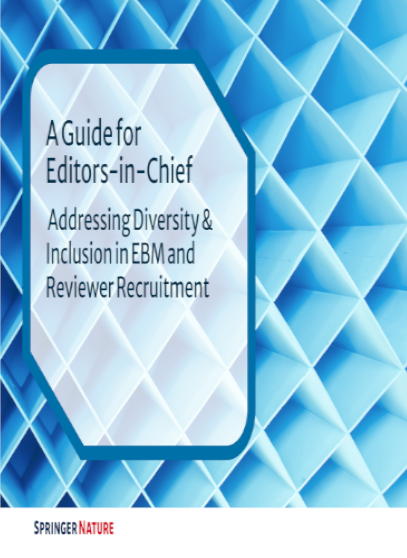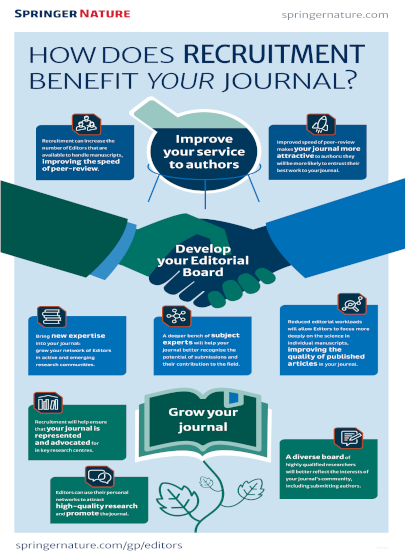A strong Editorial Board is made up of a broad mix of researchers who contribute in different ways to the success of your journal. Depending on their areas of expertise, Editorial Board Members may be called upon to help advocate for and promote your journal within their field, manage the peer review process, act as a reviewer, serve as guest editors of special issues, and contribute journal content.
A journal’s Editorial Board is one of its greatest assets, but it should not be seen as static. The Editorial Board should be reviewed on a regular basis to ensure that it represents the breadth of the field, and that members are motivated to contribute to the journal.




